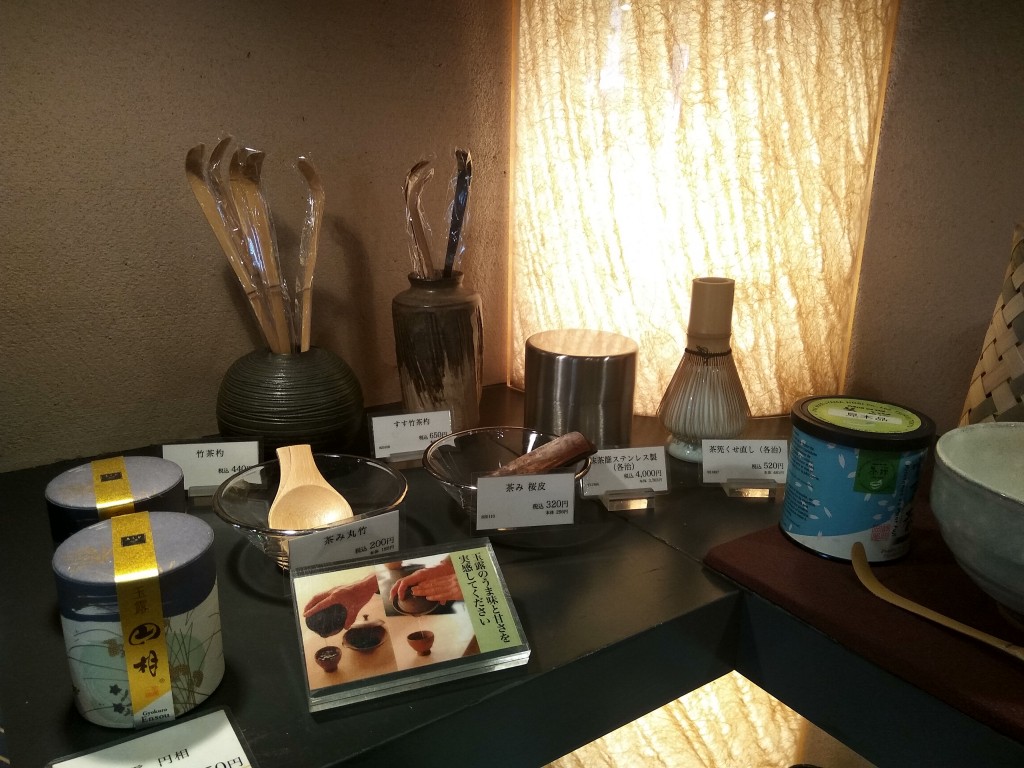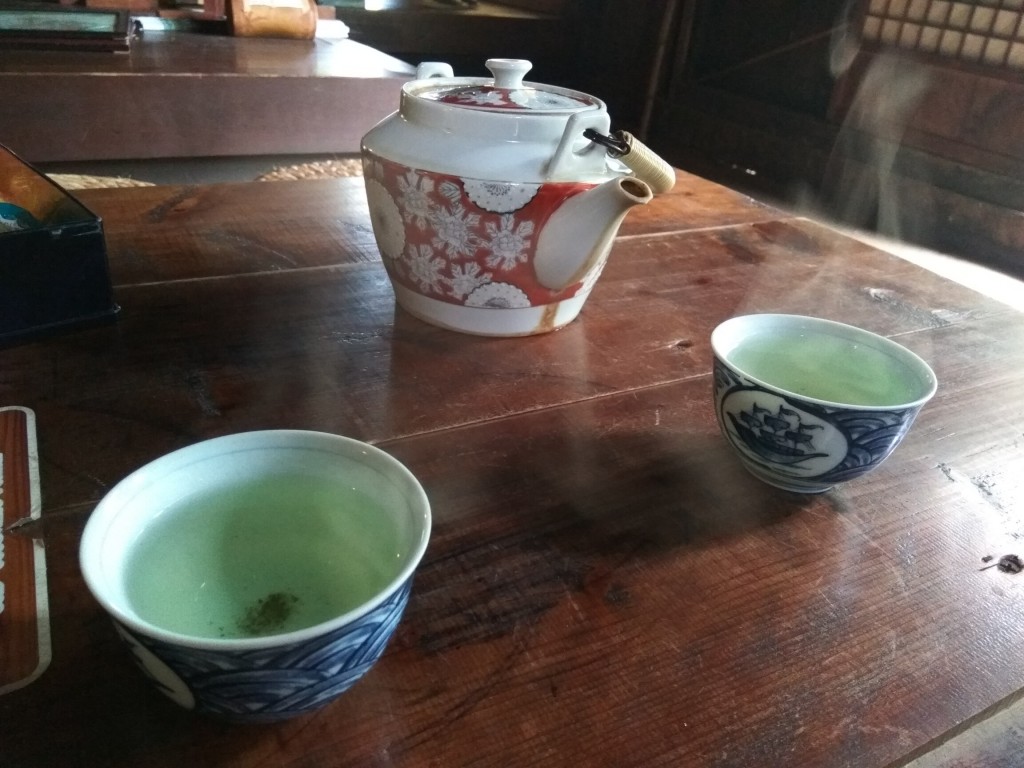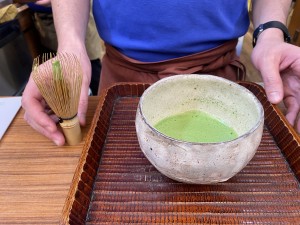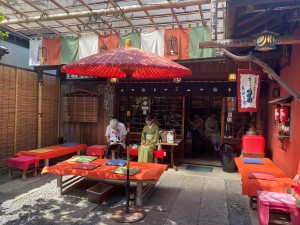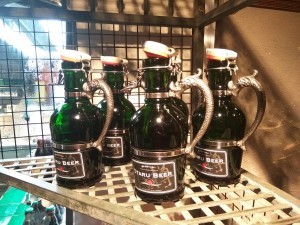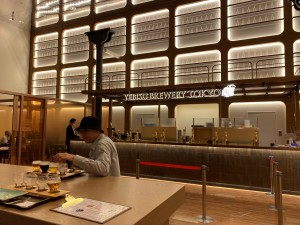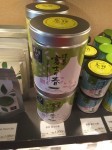
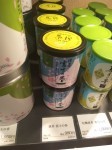
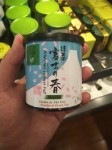
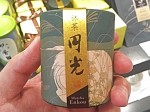
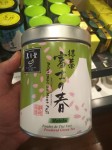
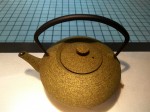

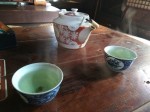
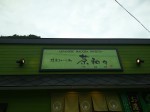
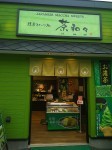
Tea was introduced to Japan by the Buddhist priest Eisai at the end of the 12th century. Eisai gave tea seeds to the Buddhist monk Myoe and that seeds become the basis for Uji tea after being sowed in Toganoo, Kyoto. Uji in terms both of geography and climate, is suitable for tea growing. Therefore, Uji tea become famous for producing high-quality tea.
How to preserve tea freshness
Tea leaves are easily affected by high temperature, light and oxygen. They also absorb smells and moisture easily.
The quality will begin to deteriorate after opening. Be sure to keep the tea in a non-transparent container and store it in a dry place, away from direct heat and something with a strong smell.
It is better to use it as soon as possible after opening.
In order to prevent the tea from absorbing other scents, do not store it near the items of a strong smell.
About storage of Uji tea
To retain the freshness of the tea, you should avoid exposing it to heat, light and moisture. Store in the refrigerator.
Types of tea
Ooishitaen – covered tea plants
Matcha (Tencha)
Full aroma with a rich flavor
Gyokuro
Premium tea with full-bodied aroma and mild flavor
Kabusecha
Has both the refreshing feeling of Sencha and the taste of Gyokuro
Roten (uncovered tea plants)
Sencha
Refreshing aroma and an elegant bitterness
Kawayanagi
Simple and light taste
Hojicha
Fragrant tea extracting robust aroma
Genmaicha
Tea with the aroma of roasted rice and the refreshing taste of Bancha and Sencha
Kyobancha
Tea with a strong original aroma
Tamaryokucha (Guricha)
Known as Guricha produced mainly in Kyushu
Oolongcha
Categorized as Seicha (blue tea) among the Chinese tea types
Black tea
Fragrant tea full of aroma
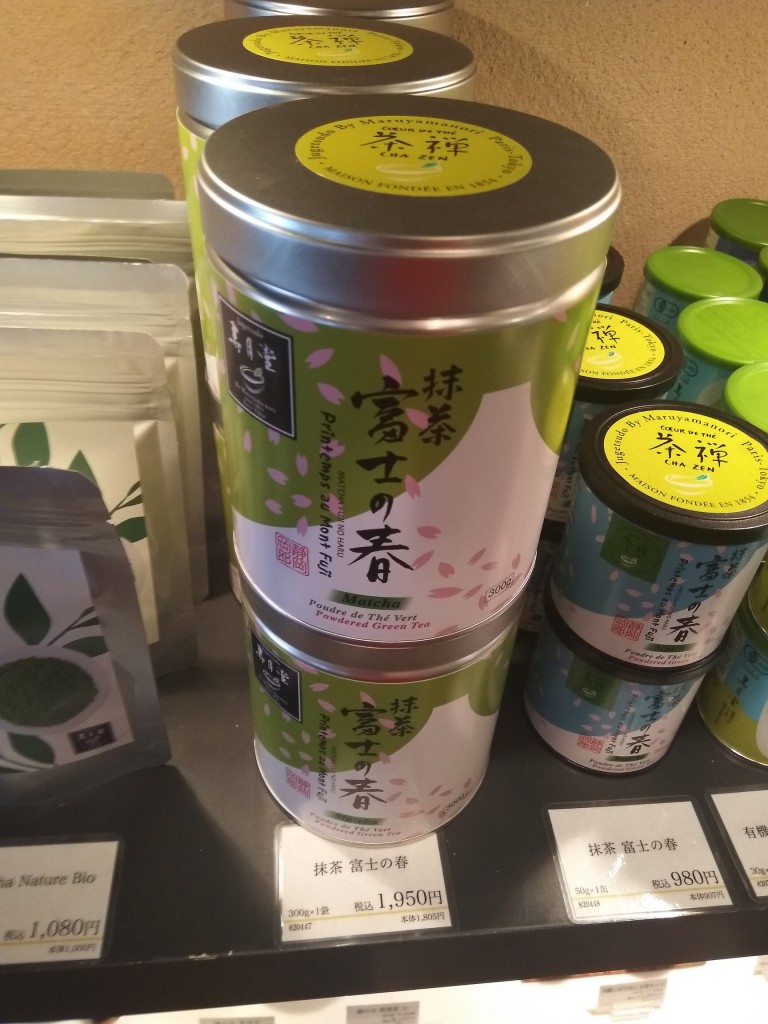
Types of Japanese Teas with their brief description
Type: Matcha
Brief description: The highest quality grounded tea mainly used during Japanese tea ceremonies.
Color: Pale green and yellow
Description of aroma and flavor: Rich matcha aroma; mildly bitter flavor.
Type: Gyokuro
Brief description: The finest grade of Japanese leaf tea.
Color: Pale yellow color
Description of aroma and flavor: A strong scent similar to that of seaweed; mild flavor.
Type: Kabusecha
Brief description: A tea with characteristics between that of Gyokuro and Sencha.
Color: Yellow with some green tones
Description of aroma and flavor: Has a refreshing flavor like Sencha with accents of Gyokuro.
Type: Sencha
Brief description: The most common tea in Japan.
Color: Yellow
Description of aroma and flavor: Has a very refreshing aroma; refined bitter with astringent flavor.
Type: Kariganecha (also called Kukicha)
Brief description: Made from the stems of Gyokuro or Sencha.
Color: Yellow
Description of aroma and flavor: Has a fresh and clear aroma; clean and refreshing flavor.
Type: Genmaicha
Brief description: Sencha and Kukicha mixed with roasted with rice.
Color: Pale yellow
Description of aroma and flavor: A pleasant aroma of roasted rice; clean and refreshing flavor.
Type: Hojicha
Brief description: Made from heavily roasted Sencha or Kariganecha.
Color: Orange
Description of aroma and flavor: Has a savory, pleasant aroma; mild flavor.
Type: Kyobancha
Brief description: A tea with a smoky aroma.
Color: Pale orange
Description of aroma and flavor: Has a smoky roasted aroma; refreshing flavor. The leaves resemble withered leaves.
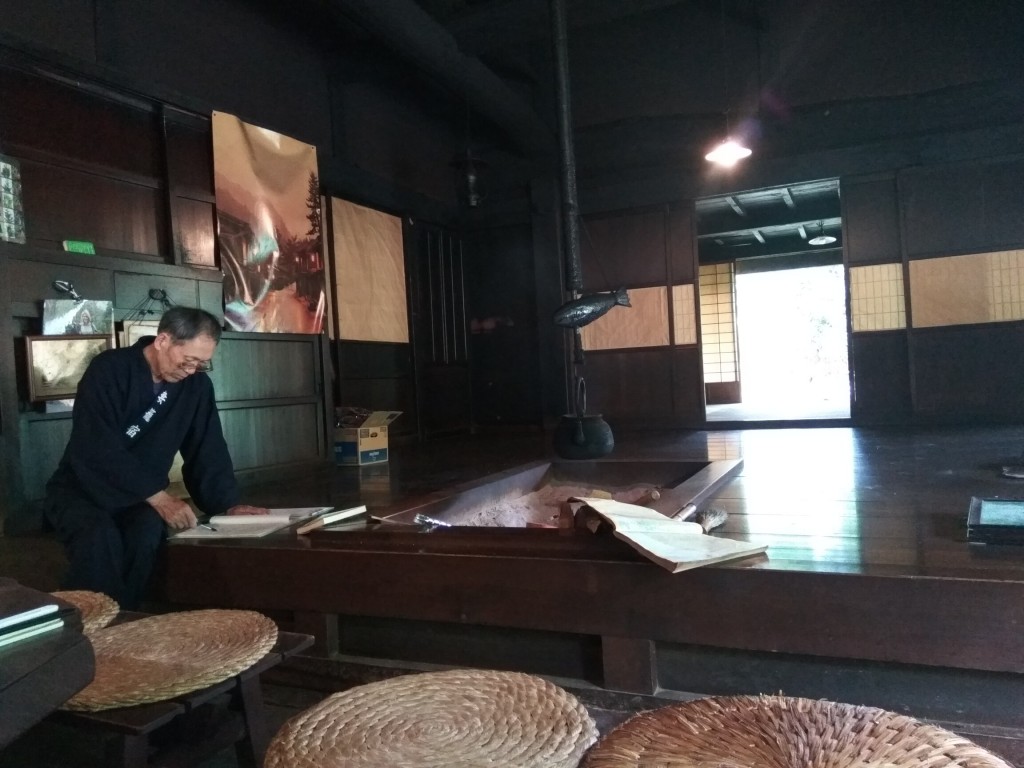
A general rule of how to brew a delicious Japanese tea
- Prepare the appropriate volume of boiled water. Wait until it cools down till the appropriate temperature
- Place the indicated amount of tea into a teapot
- Pour the indicated amount of hot water into the teapot
- Leave the tea to steep for the indicated amount of time
- Pour the tea into cups (be sure to serve until the last drop)
- Please make sure to boil up water only once and preferably using soft water
Brewing methods of different Japanese teas
Type: Gyokuro
Volume of water per serving: 20ml
Water temperature: 50C
Quantity of tea leaves per serving: 3g
Steeping time: 150sec
Type: Sencha
Volume of water per serving: 60ml
Water temperature: 70C
Quantity of tea leaves per serving: 3g
Steeping time: 90sec
Type: Kariganecha (Kukicha)
Volume of water per serving: 60ml
Water temperature: 80C
Quantity of tea leaves per serving: 3g
Steeping time: 60sec
Type: Hojicha
Volume of water per serving: 130ml
Water temperature: 100C
Quantity of tea leaves per serving: 3g
Steeping time: 30sec
Type: Genmaicha
Volume of water per serving: 130ml
Water temperature: 100C
Quantity of tea leaves per serving: 4g
Steeping time: 30sec
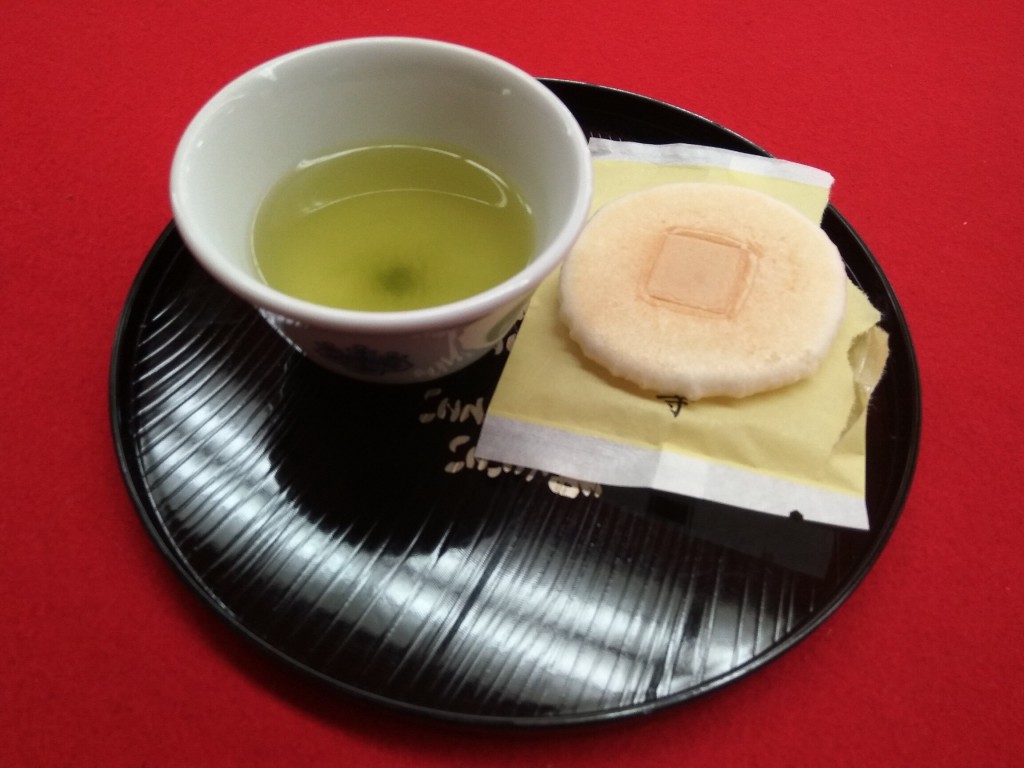
How to prepare a Japanese tea
How to prepare Matcha
- 70ml water
- 80C
- 1,5g per serving
- Prewarm the cup with hot water
- Discard the hot water
- Put 1,5g of matcha powder into the cup
- Pour 70ml of hot water into the cup
- Thoroughly mix using the bamboo whisk until frothy
Check also our more detailed article on how to make matcha tea.
How to prepare Sencha
- 240ml water
- 1 and a half minutes
- 70C
- 8g for 2-3 servings
- Place tea leaves into Kyusu teapot
- Add 240ml of 70C hot water
- Let it sit for 1 ½ minutes, then pour into warm teacups
How to prepare Cold Brew Tencha
- 400ml water
- 5-6 hours
- Cold water
- 8g for 2-3 servings
- Place together tea leaves, water and ice into a container
- Refrigerate for 5-6 hours, then strain
Try: brewed tea leaves with soy sauce or ponzu sauce make for a tasty side dish
You can also use them as garnish for salads or add them during rice cooking to make Chameshi.
How to prepare Gyokuro
- 100ml water
- 2 and a half minutes
- 50C
- 8g for 2-3 servings
- Place tea leaves into Kyusu teapot
- Add 100ml of 50C hot water
- Let it sit for 2 ½ minutes, then pour into warm teacups
Try: brewed tea leaves with soy sauce or ponzu sauce make for a tasty side dish
How to prepare Kabusecha
- 150ml water
- 1 minute
- 80C
- 8g for 2-3 servings
- Place tea leaves into Kyusu teapot
- Add 150ml of 80C hot water
- Let it sit for 1 minute
- Pour until the last drop which is the most delicious one
How to prepare Uji matcha green tea
- 180ml water
- 20g green tea powder
- Cold water
- Put green tea powder into a cup
- Pour150ml of cold water
- Stir it well
Try: it is delicious even with milk or hot water.
Now, once you know how to brew teas, enjoy a traditional tea ceremony at home (sadō/chadō).
Date: 2025-04-29
Author: Beti – A passionate traveler and lover of Asian cuisine, especially Thai and Japanese dishes, Bernadeta brings her culinary and cultural experiences to life in her writing. Beyond her travels, she’s an avid technology enthusiast with a deep interest in data processing, merging her love for exploration with analytical insights.
Photographer: Adalbert – An aficionado of computers and photography, Adalbert captures the essence of diverse cuisines with a discerning eye. A connoisseur of rich flavors and particularly fond of meat-based dishes, he combines his technical skills with his passion for the culinary arts in every shot.
EAT IN ASIA / Lifestyle / Shop
